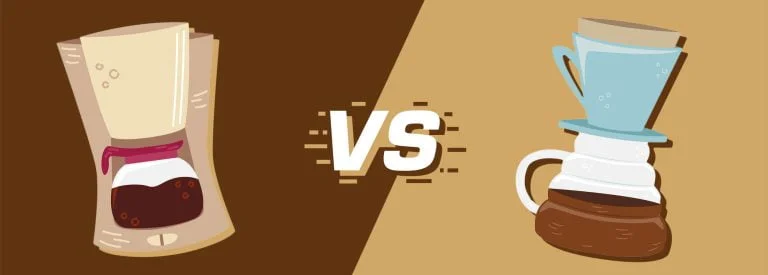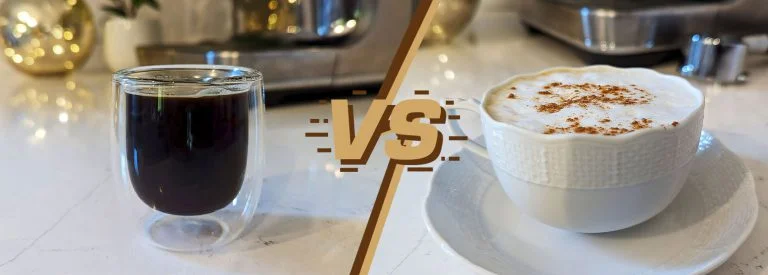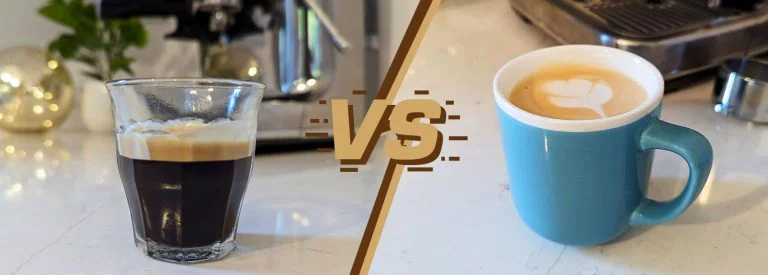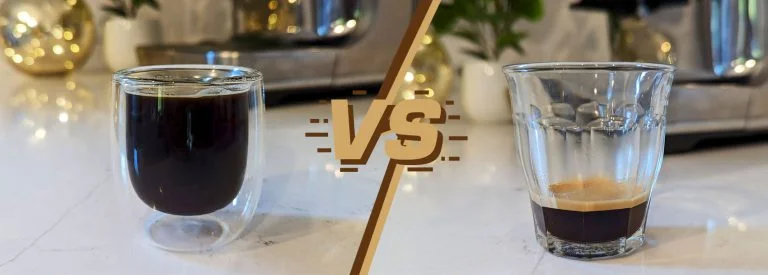Coffee vs Pour Over – Is Automatic Drip or Manual Coffee Better?
Drip coffee and pour over often confuse people, since both methods involve letting water flow over coffee grounds while the final drink drips below.
The simple answer to what sets them apart is that drip coffee is an automated process, while pour-over requires you to pour the water yourself. But it reality, it’s not that simple.
In this article, I’ll go deep into these brewing methods to help you decide which one might be right for you. Let’s get into it.
Comparing Drip Coffee & Pour Over
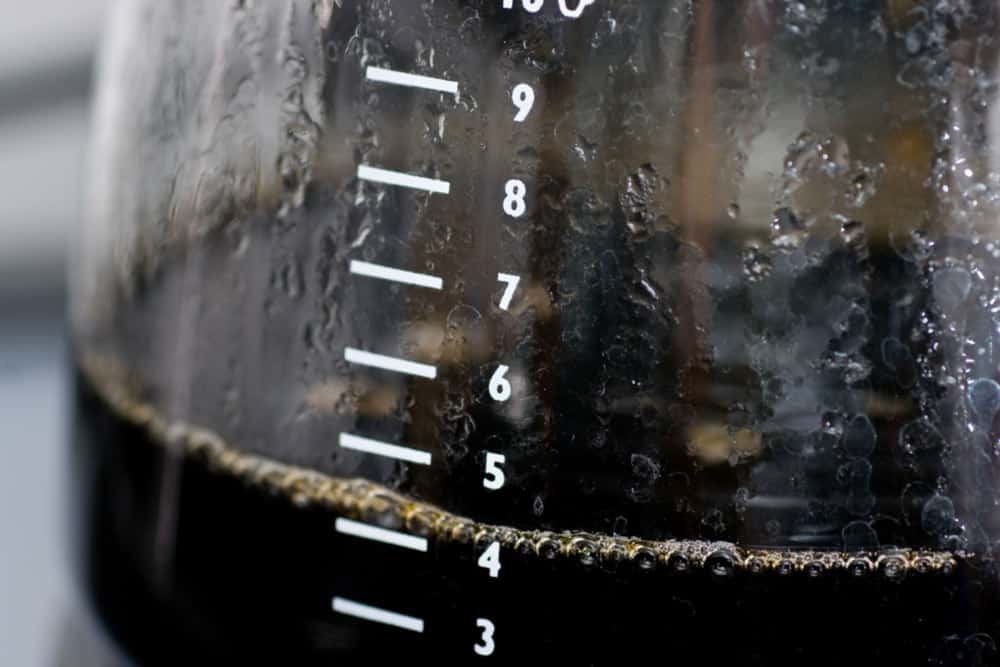
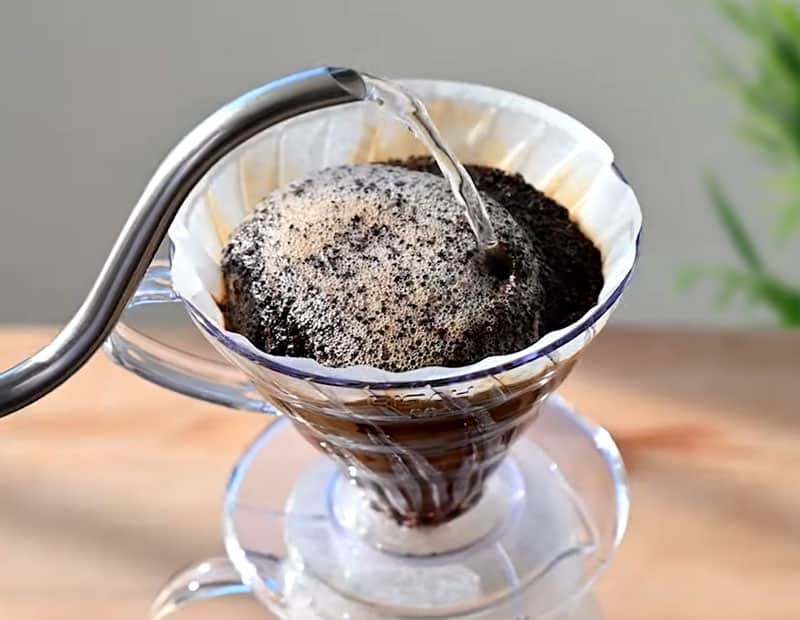
Drip coffee is one of the most straightforward brewing methods. Using an automatic drip machine, all you need to do is add ground coffee beans into the filter basket and press start. The machine then automatically heats water and pours it over the grounds, allowing the final brew to drip through into your waiting carafe. You can learn the ins and outs of drip coffee in this all encompasing guide.
Meanwhile, pour over is a method with a more hands-on approach to making the perfect cup of coffee. It involves manually pouring hot water over coffee grounds at a steady pace, ensuring complete saturation of each particle. Popular examples of pour-over brewers include the Chemex, Hario V60, and Kalita Wave brewers.
Here are the factors to consider when picking between the two brewing methods, followed by a detailed comparison of each feature:
| Features | Drip Coffee | Pour Over |
|---|---|---|
| Taste & Flavor | Bold, smooth | Clean, complex |
| Strength | Adjustable | Lighter-bodied |
| Ease of Use | Very easy | Moderate learning curve |
| Brewing Speed | 5-10 minutes | 5-7 minutes |
| Versatility | Limited control | High degree of control |
| Durability & Portability | Varies, often plastic | Varies, some portable options |
| Sustainability | Less eco-friendly | Very eco-friendly |
| Cost | Broad price range from $25 to hundreds of dollars | Low initial investment at $5 to $50 |
Taste, Flavor, & Strength
Beginning this comparison with the taste and strength of drip coffee, the flavors are bold but not too overpowering with a smooth consistency that’s easy on the palate. Of course, this depends on the coffee beans used as well. You can adjust your drink’s strength by tweaking the roast level of the beans and the coffee-to-water ratio you use in the machine.
On the other hand, pour over produces a clean, complex, and flavorful cup of coffee with an intense aroma that fills your senses as you take each sip. Compared to drip coffee, pour over generally produces lighter-bodied coffee because of slower extraction time through the manual pouring process.
While picking the better brewing method may depend on your specific taste, I prefer the pour over better because it produces a more complex drink.
Ease of Use
Another important factor when choosing a brewer is how easy it is to use. Drip coffee machines require little effort from you, and you can achieve the ideal brew by using medium-coarse coffee grounds while the machine takes care of the water temperature, keeping it between 195°F to 205°F.
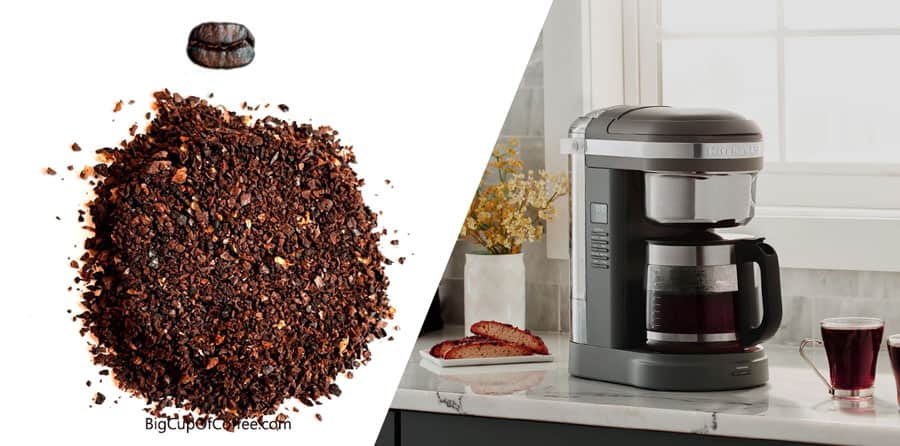
As for pour over, this method has a small learning curve but it isn’t difficult once you get the timings right along with the proper pouring technique. The grind size varies by whichever pour over method you use:
- Chemex uses medium-coarse grinds as explained here
- V60 uses medium-fine grinds

It is also important to use a gooseneck kettle to perfect your pour.
So if you’re looking for the easier brewing option, then drip coffee is more convenient than pour over. Just scoop the coffee grounds into the filter, and let the machine do the rest.
Brewing Speed
In terms of speed, both brewers are pretty much on par with each other, but drip coffee can take a bit longer. The brewing process takes around 5 to 10 minutes in total, with grinding, brewing, and cleaning up included. Cleaning your drip machine also takes a bit of extra time because of its removable parts.
For pour over, the brewing duration ranges between 5 to 7 minutes in total. Cleaning up is a breeze, since drippers are small and easy to rinse. Chemex may require more effort though, because of its fragile glass design and the fact that you need to clean inside the carafe as well.
Overall, if you’re always in a rush to get your caffeine fix, pour over may take the lead in this category by a few minutes, depending on how much coffee you brew at once.
Versatility
Your brewing method’s versatility is also important since it allows you to brew coffee that’s tailored perfectly for your palate.
Drip coffee makers usually offer limited control over the brewing process. You control the water-to-coffee ratio, but other factors are automated by the machine. However, some innovative drip coffee machines like Breville’s Precision Brewer offer features that give the user more control over their coffee.

In contrast, pour over methods provide a high degree of control over every stage of the brewing process. This includes essential factors like water temperature, flow rate, grind size, and coffee-to-water ratio. These variables will determine the extraction flavors and aromas of your coffee.
Size-wise, the drip coffee machine has a wide range of capacity options that can cater to your different needs:
- 4 cups
- 5 cups
- 8 cups
- 10 cups
- 12 cups
- 14 cups
Pour over’s size options vary depending on the brewing device you’re using. Drippers are pretty limited in this regard, with the Hario V60 offering just three sizes.

Meanwhile, the Chemex has four sizes you can choose from:
- 3-cup (16 oz)
- 6-cup (30 oz)
- 8-cup (40 oz)
- 10-cup (50 oz)
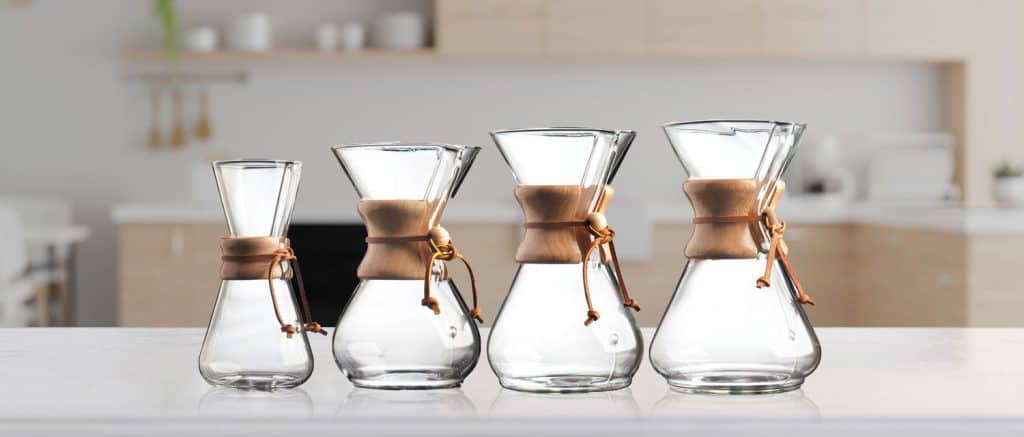
In short, pour over methods are more versatile than drip coffee, but the latter has the advantage if you seek more variety in the amount of coffee you can make in one brewing. If you’re passionate about coffee, I recommend pour over because being able to customize and experiment on your brew is not only fun, but also a great learning experience for any budding home-barista out there.
Durability and Portability
When discussing durability and portability, both methods vary depending on your chosen brewer.
Drip coffee makers come in a variety of sizes and weights, but they often use plastic components that may not last as long as other materials. If you want a drip machine with a longer lifespan, investing in a high-quality model rather than a cheap one is a good idea.
With regard to portability, the drip coffee maker isn’t designed for travel, so portability is not its greatest strength.
The manual pour over brewer also varies in size and materials. Drippers like the V60 can be made out of fragile glass and ceramic, or sturdy with plastic, copper, or steel bodies. They’re also generally small, so a steel V60 is your best bet when brewing outdoors.
In contrast, the Chemex is not durable nor portable because it’s made of glass and its design combines the dripper and decanter into one.
So if like me, you always find yourself traveling and craving for your own take on coffee, then I can vouch for a steel dripper that aces both durability and portability. Or an Aeropress Go is even better for travel.
Sustainability
If you care about the planet and its future, then the sustainability of your coffee should also be taken into account.
Drip coffee machines are not that eco-friendly as they leave a large carbon footprint during manufacturing, and they consume a considerable amount of energy during operation. Additionally, low-quality drip coffee makers have shorter lifespans, so they also contribute to waste at landfills.
On the flip side, pour over methods are gentler on the environment because they are simple manual brewers. Manufacturing them is not that complex, and there are no moving parts that can break. Unless you break the brewer itself 🙂 They last longer and they’re smaller in size compared to low-quality drip coffee machines.
If you’re seeking to reduce the carbon footprint of your favorite drink, then I recommend opting for a pour over brewer. On top of that, you can also make more eco-conscious decisions like choosing shade-grown coffee and recycling your used coffee grounds, turning them into fertilizer, insect repellant, and more.
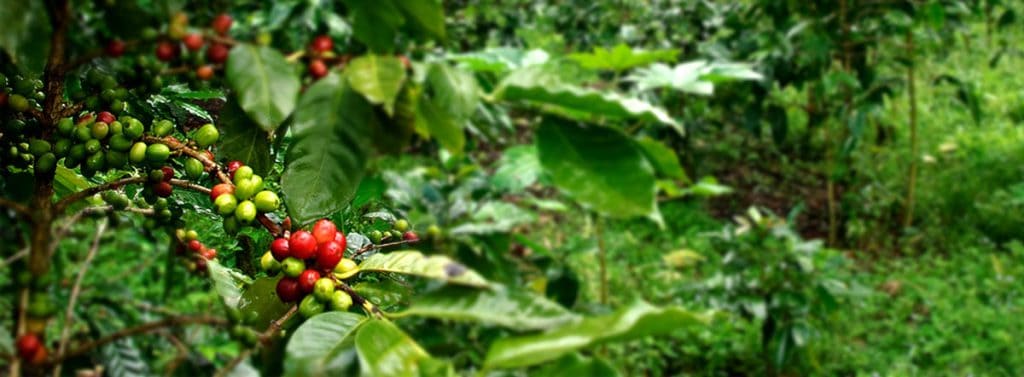
Cost
Budget is also an important factor when you’re choosing your next coffee maker. Drip coffee machines have a broad price spectrum from $25 to hundreds of dollars. Note that you get what you pay for, so while low prices might seem tempting, the more expensive models will give you better build quality and longevity.
On the other hand, pour over requires little initial investment, with prices starting as low as $5 and going up to about $50. Like drip coffee machines, these manual brewers also use paper filters which costs 2 to 8 cents in 2025. To get the best results from pour-over brewers, you will also need a burr grinder, kitchen scale, and a gooseneck kettle.
So if you’re wary about investing too much money to get a proper cup of joe every morning, I’d say starting with a pour over brewer is your best bet.
Drip Coffee vs Pour Over – Weighing the Pros & Cons
Now that we’ve had a closer look at the features of each brewing method, here’s a quick overview of the pros and cons of drip coffee and pour over:
| Brewing Method | Pros | Cons |
|---|---|---|
| Drip Coffee | – Convenient to use – Affordable for an electric brewer – Does not require your attention when brewing | – Less control over the brewing process – Not portable – Not eco-friendly manufacturing |
| Pour Over | – Offers great control over the brewing method – Easy to produce consistent coffee – Fairly affordable | – Requires a bit of patience to brew – Glass brewers can be fragile – Needs extra equipment such as a scale, kettle, and grinder |
To know more about how drip coffee fares compared to other brewing methods, check out my other comparison articles between drip and these methods:
Meanwhile, here are my comparisons between pour over and other brewing methods:
Conclusion
To finish things off, both drip coffee and pour over have their pros and cons. Drip coffee is convenient and offers more serving sizes but pour over wins more categories such as speed, versatility, durability, portability, and affordability.
As for me, I also agree that pour over takes the win. I think it tastes better, and I also find the artisan method of pouring soothing.
How about you, do you agree that pour over is the better brewer over drip coffee?
Let me know in the comments below.


